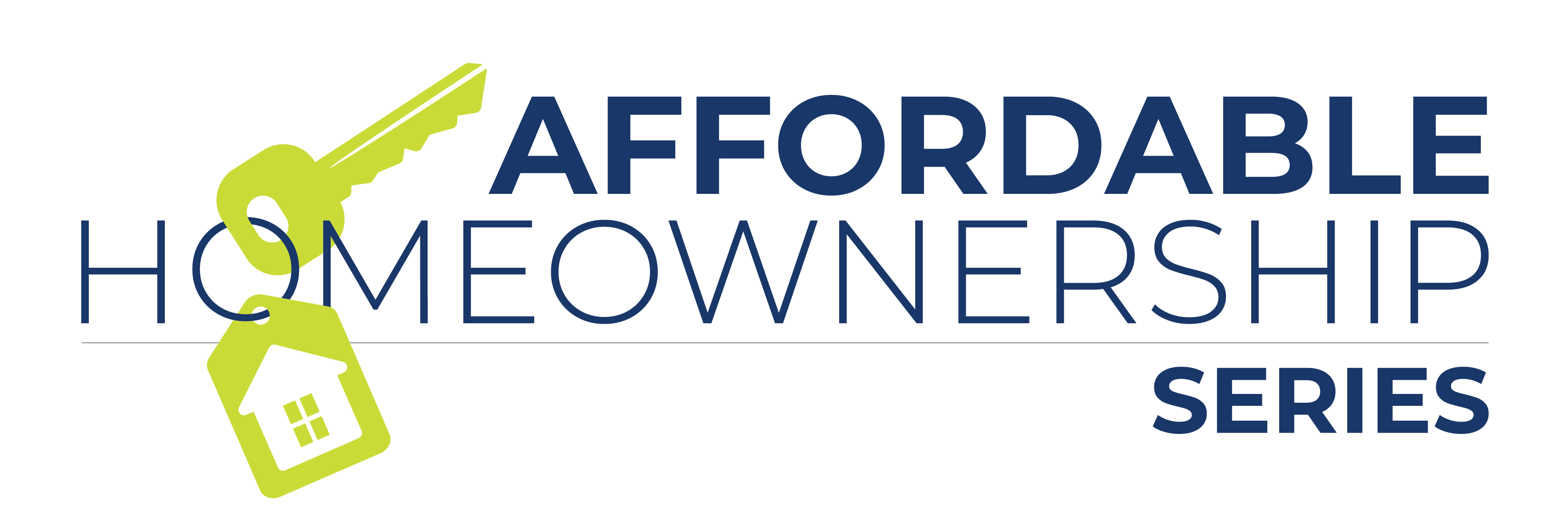 Homeownership is important for so many reasons. It helps accumulate and pass on wealth, provides shelter, and helps with overall well-being. Research has shown that the stability of an affordable mortgage or rent can have profound effects on childhood development, school performance, and health outcomes for families and individuals. But what exactly is the difference between affordable homeownership and affordable rental housing? This blog, which is part of our 2021 series on affordable homeownership, shares more details.
Homeownership is important for so many reasons. It helps accumulate and pass on wealth, provides shelter, and helps with overall well-being. Research has shown that the stability of an affordable mortgage or rent can have profound effects on childhood development, school performance, and health outcomes for families and individuals. But what exactly is the difference between affordable homeownership and affordable rental housing? This blog, which is part of our 2021 series on affordable homeownership, shares more details.
In the United States, “affordable housing” is housing, rent, or a mortgage plus utility payments, totaling 30% or less of a household’s gross income. Both affordable homeownership and affordable rental housing are critically important. For some, especially low- and moderate- income families (LMI) in high-cost markets or families who have recently lost a home to foreclosure, rental homes might be the most financially realistic option. And for some families, affordable rental housing is an important stepping stone that allows them to accumulate savings and prepare for homeownership.1
Owning a home is the American dream. It can help provide stability, security, and a path toward building wealth. For many LMI families though, they have been priced out of the market, don’t have enough for a down payment, or can’t get an affordable mortgage due to limited or poor credit history. A safe, decent, affordable home is fundamental to a family forging a path out of poverty. The need for affordable housing is immense, and the lasting impact it can have on homeowners and their families is undeniable.2
In high-cost and rising-cost areas, rental housing preservation helps promote and sustain mixed-income communities by ensuring the ongoing availability of quality, affordable rental homes. In recovering and low-growth areas, rental preservation ensures quality housing for low-income households.3 There are many types of federally funded affordable rental housing programs. We have highlighted some of the more well-known programs below.
- Low-Income Housing Tax Credits (LIHTC): A dollar-for-dollar tax reduction against federal tax liability, provided to developers based on the criteria set out in the states’ qualified allocations plan. It is the primary source of funding for increasing and preserving supply of affordable rental homes. Units funded by LIHTC’s must be affordable for people earning no more than 60% of the Area Median Income (AMI), although most residents have far lower incomes. Rent may not exceed 30% of the qualifying income.4
- Public Housing: A federal program dedicated to providing decent and safe rental housing for low-income families, older adults, and persons with disabilities. The U.S. Department of Housing and Urban Development (HUD) administers Federal aid to local housing agencies (HAs) that manage the housing for low-income residents at rents they can afford. HAs use income limits developed by HUD. HUD sets the lower income limits at 80% and very low-income limits at 50% of the median income for the county or metropolitan area in which on lives. Income limits vary from area to area.5
- Section 8 Housing: This housing choice voucher program is the federal government’s major program for assisting very low-income families, the elderly, and the disabled to afford decent, safe, and sanitary housing in the private market.6 The program is implemented by private owners of multifamily rental housing through Housing Assistance Payment contracts. To be eligible for Section 8 project-based rental assistance, households must have incomes, at the time of enrollment, that do not exceed 80% of the AMI. At least 40% of assisted units must be reserved for extremely low-income households with incomes that do not exceed the higher of 30% of the AMI or the federal poverty line.
As part of our 2021 series on affordable homeownership, please join us for an upcoming webinar, Investing in the Dignity of Homeownership, on Tuesday, April 20th from 2:00pm to 2:30pm ET to learn more about a new investment opportunity that looks to reduce the racial wealth gap and support affordable homeownership to low- and moderate-income (LMI) and minority borrowers. Register here.
1https://housingforwardva.org/toolkits/affordable-housing-101/why-is-affordable-housing-important-is-rental-or-homeownership-more-important/
2 https://www.habitat.org/stories/reinforcing-importance-of-our-work
3 https://nhc.org/policy-guide/affordable-rental-housing-preservation-the-basics/
4https://www.lisc.org/our-resources/resource/low-income-housing-tax-credit/?gclid=CjwKCAjw9MuCBhBUEiwAbDZ-7ma3ojaFRN0dbAB-vgJK6EQyZxzz6iOiM9w_utGZ8lbfd3tZqE1ARxoCiEoQAvD_BwE
5 https://www.hud.gov/topics/rental_assistance/phprog
6 https://www.hud.gov/topics/housing_choice_voucher_program_section_8
